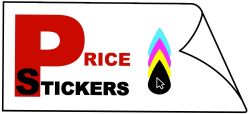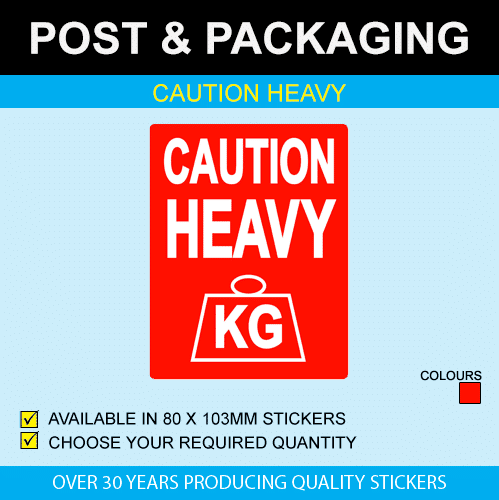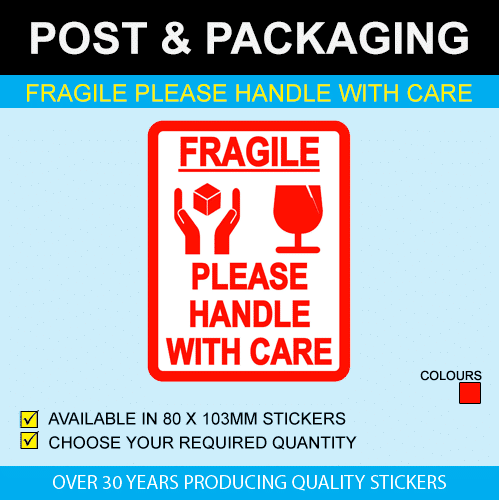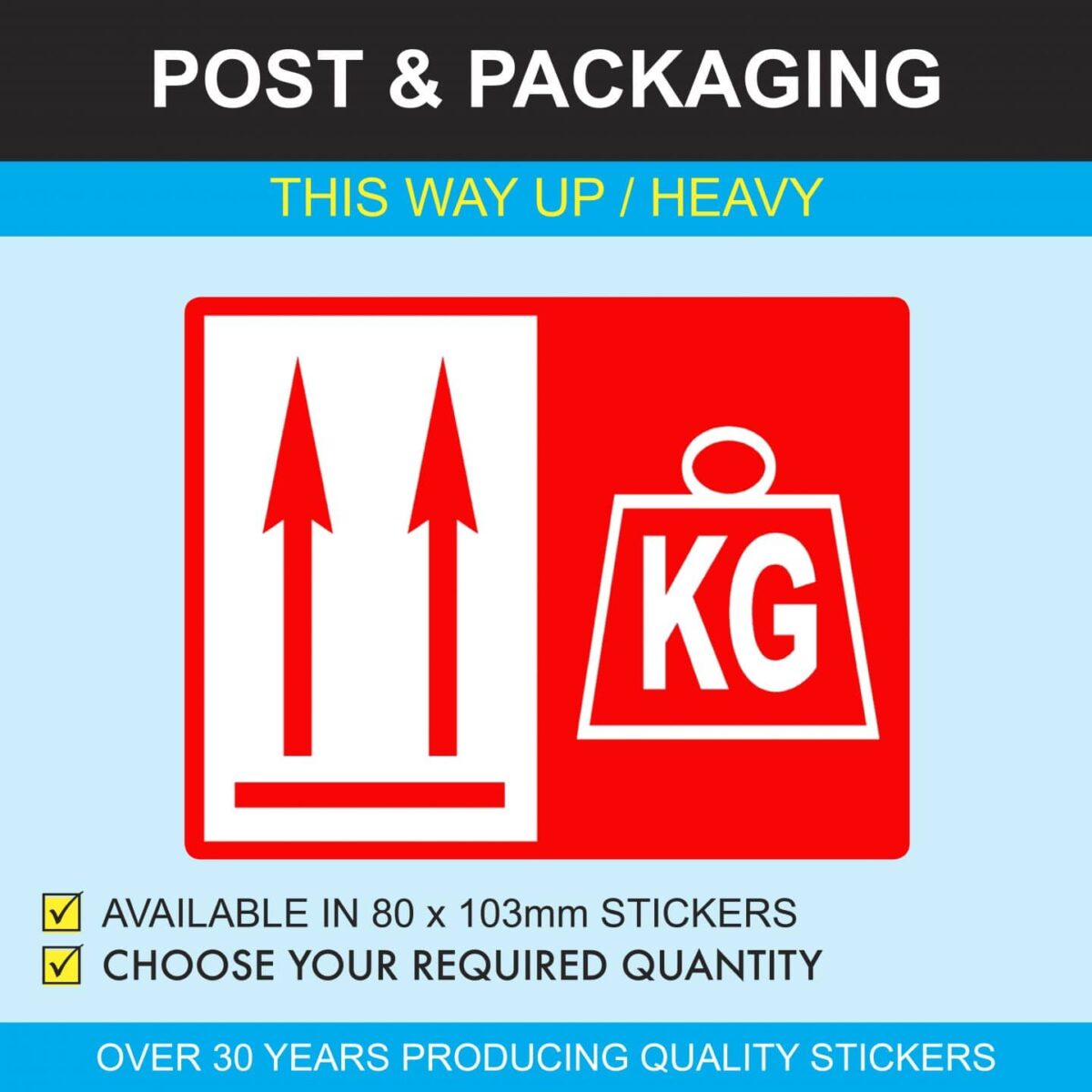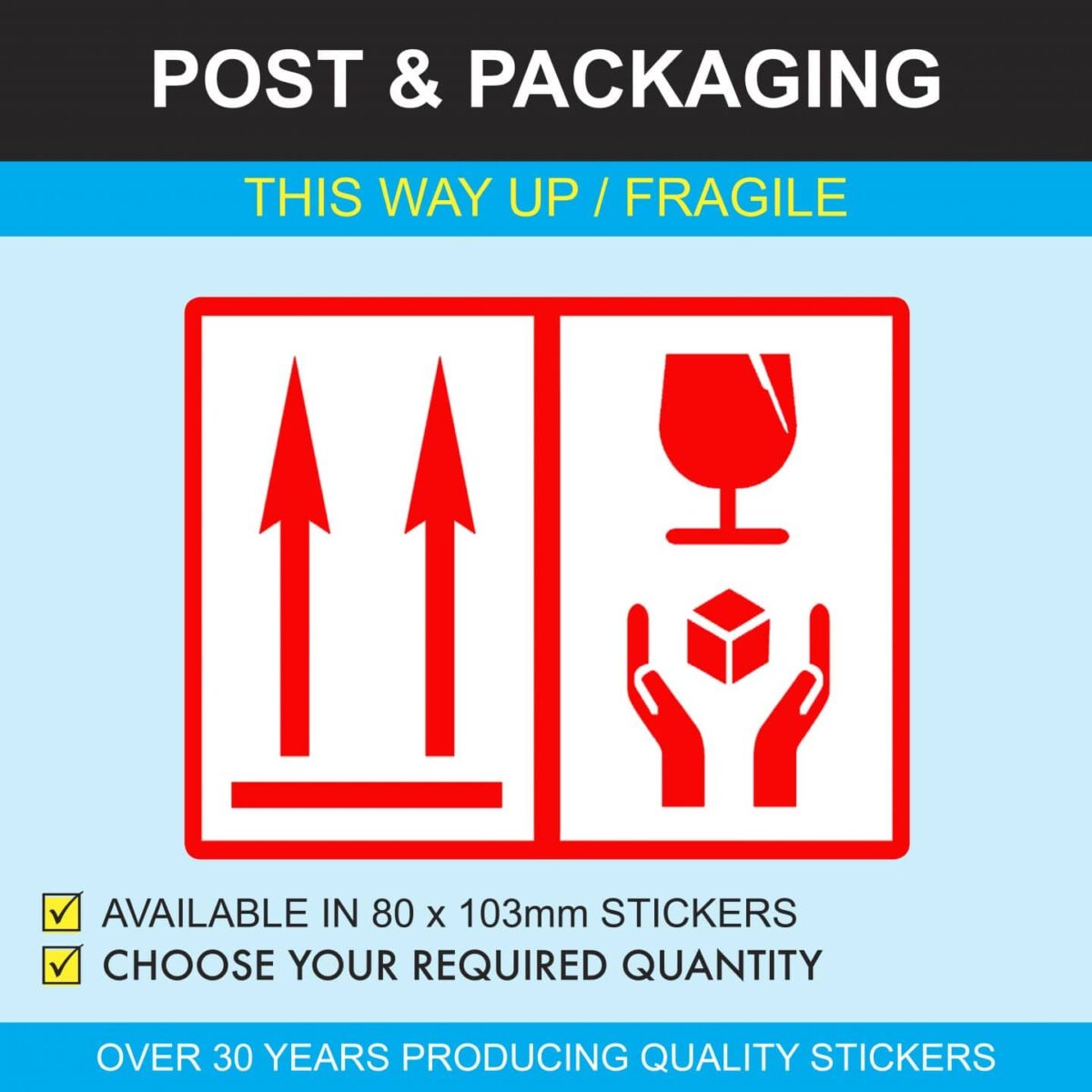Get To Know Your Buyers. Who is your target demographic?
Understanding your target audience is the foundational step in the design process. Who exactly are you aiming to appeal to? Whether your target is the youth, working professionals, busy parents, or perhaps the elderly, their tastes and preferences will dictate your design approach. For instance, while a trendy and modern look might appeal to the younger generation, it might not resonate with older adults who may appreciate a more classic design. Engaging in comprehensive market research can help you delve deeper into your potential buyers’ minds. Through surveys, focus groups, or even one-on-one interviews, you can glean insights that will help inform your design choices. The closer you are to understanding your audience’s desires and expectations, the better you can tailor your design to meet those needs.
Choose A Label Size.
The size of the label is more than just dimensions—it’s about how the label harmonises with the product. It’s essential to consider both the aesthetics of your product and the practicality of the label. For products like round tins, various lid sizes offer unique opportunities for creative design. While a larger label might give you more room to play with graphics and text, a smaller one might challenge you to be concise and impactful. Remember, it’s not just about fitting all the necessary information but about presenting it in a way that’s visually appealing and easy to read. Using mock-ups and prototypes can be beneficial at this stage. Experiment with different sizes and see which one suits your product best both in terms of form and function.
Pick Your Label Material.
Material choice is pivotal in ensuring the longevity and appearance of the packaging stickers. Beyond mere aesthetics, the material you select communicates a message about your brand. If your brand emphasises eco-friendliness, materials like recycled paper or biodegradable substances should be your go-to. Conversely, if your product will sit in refrigerators or be exposed to sunlight, you’ll need materials resistant to moisture or fading. Then comes the decision about finishes. A matte finish offers a sophisticated, muted look, while glossy finishes stand out and can make colours pop. Whatever you choose, ensure it aligns with your brand’s message and the product’s requirements.
Select A Label Template.
Starting from scratch can be daunting. That’s where label templates come into play. With a plethora of templates available, both free and premium, you can find a design that’s close to what you envision. These templates often adhere to industry standards, offering spaces for barcodes, logos, ingredient lists, and more. Your chosen template should sync seamlessly with your previously decided label size. The orientation, whether horizontal or vertical, is also worth considering at this stage. The aim is to have a template that simplifies your design process, ensuring all elements fit together in a cohesive manner.
Setup Your Canvas.
Preparation is key when setting up your design canvas. Familiarise yourself with design software like Adobe Illustrator or Photoshop to get the best results. When you’re importing your chosen template, pay close attention to the workspace dimensions. Clarity is paramount in print design, so aim for high resolutions, ideally around 300 dpi or higher. An often overlooked but vital aspect of design is incorporating bleed zones. These are areas that extend beyond your label’s intended boundaries, ensuring that during the printing process, you don’t end up with unwanted white spaces or crucial elements being unintentionally cropped.
Design Your Product Label.
Finally, the stage where creativity truly blossoms: crafting the product label. Armed with insights from your target demographic research, embark on creating a design that embodies your brand’s ethos and appeals to potential customers.
Design isn’t just about aesthetics. It’s also about communication. Consistency in design elements, such as fonts and colour schemes, reinforces brand recognition. Prioritise readability; your labels should be easy to read at a glance. While vibrant graphics and eye-catching colours can enhance visual appeal, they should not overshadow essential information. Speaking of essential information, make sure to include any mandatory details that need to be on the packaging, such as ingredients, manufacturing details, expiry dates, or usage instructions. Before finalising your design, it’s a wise move to seek external opinions. Whether it’s a group of potential buyers, colleagues, or professionals in the design industry, feedback can offer new perspectives and highlight areas of improvement.
In essence, crafting the perfect packaging or discount sticker is a dance between strategy, understanding, and creativity. By centring your audience in your design decisions, you ensure that your product not only stands out on the shelves but also finds a favourable place in the hearts of your buyers.
Understand Printing Techniques.
Once your design is ready, diving deep into the intricate realm of printing techniques becomes paramount. Various printing methodologies, each with its unique strengths and quirks, await your exploration. Digital printing stands out for its precision and adaptability, allowing for vibrant colour outputs even in smaller runs. This technique is particularly useful when you have a multitude of colours in your design. On the other end of the spectrum, flexography—a modern-day version of letterpress—boasts efficiency for large-scale print runs. Its versatility extends to different materials, making it a popular choice for packaging stickers. Meanwhile, offset printing, with its high image quality and cost-effectiveness for larger batches, sits comfortably between the two. Familiarising yourself with the advantages and constraints of each technique is crucial. Only then can you make an informed decision, ensuring that what looked stunning on screen doesn’t lose its charm in print.
Test and Iterate
Diving headfirst into large-scale printing without a test is akin to setting sail in uncharted waters. Before committing to extensive print runs, it’s imperative to request a proof. This prototype, a tangible representation of your design, provides a sneak peek into how the final label will appear. Often, what seems perfect on a digital canvas might exhibit discrepancies when brought to life. Perhaps the shade of blue you adored looks slightly off, or the font size you chose renders the text challenging to decipher. It’s during this phase that such discrepancies come to light. Analysing the proof enables you to identify areas of refinement, whether it’s tweaking colour profiles or adjusting design elements. This iterative process, though time-consuming, ensures your final product is nothing short of perfection.
Consider Environmental Impact.
In a rapidly evolving world, where environmental concerns have taken centre stage, brands can no longer afford to be passive bystanders. Every decision, including the seemingly inconsequential ones, leaves an indelible mark on our planet. Packaging stickers, often overlooked in the broader environmental conversation, too have their footprint. As you embark on your design journey, take a moment to ponder over the choices you make. Can you gravitate towards inks devoid of harmful solvents? Is there a possibility to embrace materials that, once they’ve served their purpose, gracefully return to the earth without leaving toxic remnants? Today, numerous eco-friendly alternatives, from soy-based inks to biodegradable label materials, await your embrace. Adopting these not only bolsters your brand’s eco-credentials but also resonates with an ever-expanding cohort of consumers who prioritise the planet’s well-being. By intertwining sustainability with design, you craft a narrative that’s both compelling and conscientious. Find out more about packaging stickers by contacting the professional team of experts at Pricestickers.
